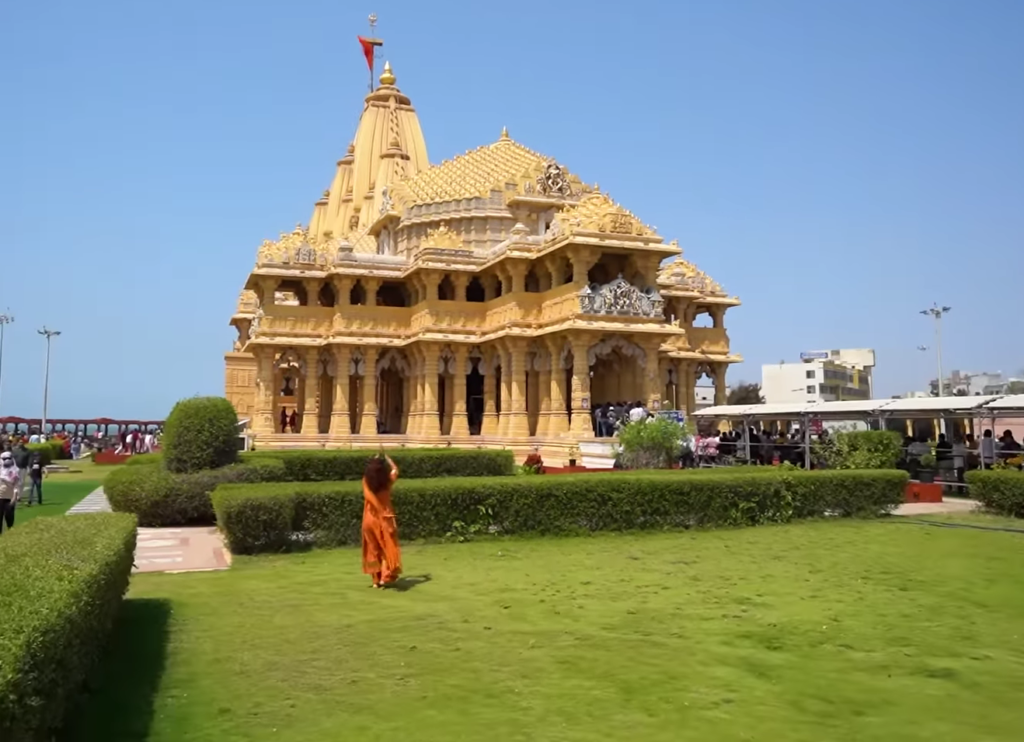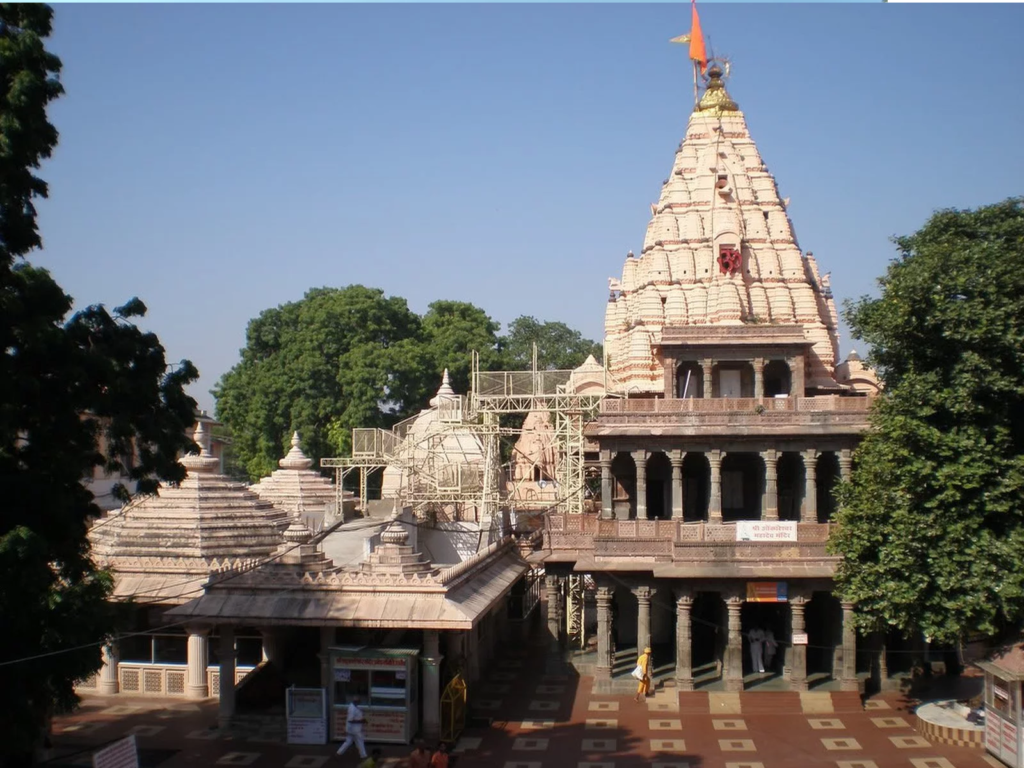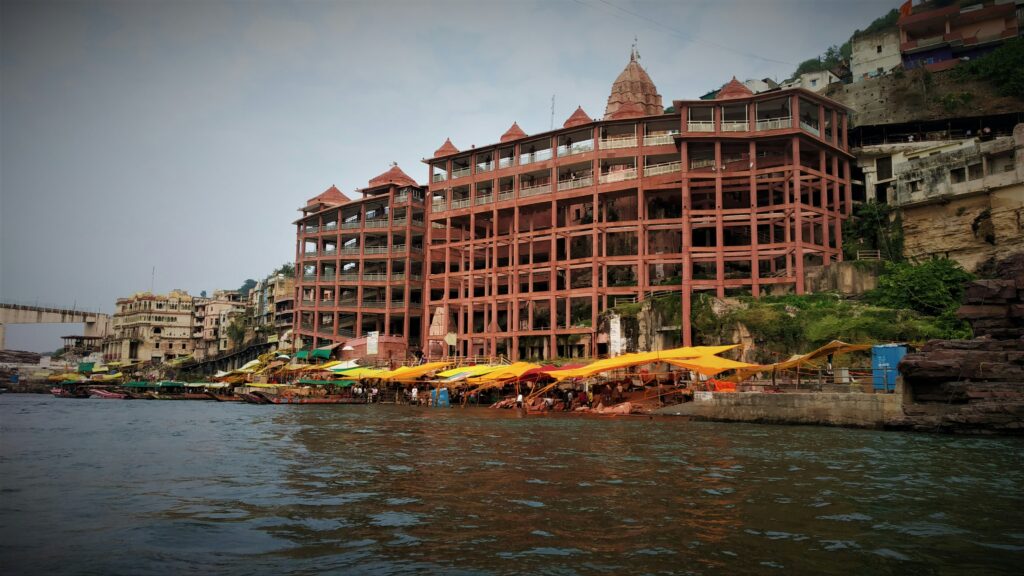Twelve Jyotirlingas Of India
India, with its rich tapestry of spirituality and mythology, is home to numerous sacred sites revered by millions worldwide. Among these, the Twelve Jyotirlingas hold special significance in Hinduism, representing manifestations of Lord Shiva, the destroyer and transformer of the universe. Embarking on a pilgrimage to these holy sites is believed to bestow blessings, spiritual enlightenment, and liberation from the cycle of birth and death. Join us on a mystical journey as we explore the Twelve Jyotirlingas, each with its own legend, symbolism, and divine aura
The Somnath Temple is not just a place of worship; it’s a testament to resilience and faith. Legend has it that the original temple was built by the moon god Soma in honor of Lord Shiva. Over the centuries, it faced destruction several times, notably by invaders, yet each time it rose from the ashes, reflecting the unwavering devotion of its devotees. The current structure, built in the Chalukya style of architecture, is a magnificent sight, with its imposing spire rising high against the backdrop of the Arabian Sea. The temple complex also houses various smaller shrines dedicated to different deities, adding to its spiritual significance
.
Mallikarjuna Jyotirlinga, located in Srisailam, is not only home to the Jyotirlinga but also to the majestic River Krishna. The Mallikarjuna Temple symbolizes the divine union of Lord Shiva and Goddess Parvati. Its intricate carvings and sculptures reflect the rich cultural heritage of the region. Pilgrims visit both the main shrine and the nearby Bhramaramba Temple, dedicated to Goddess Parvati. The panoramic views from the temple, especially during sunrise and sunset, add to the spiritual experience.
The city of Ujjain resonates with spiritual energy, with the Mahakaleshwar Temple standing tall as a beacon of devotion. This Jyotirlinga is unique in its south-facing orientation, symbolizing its dominance over time and death. The temple’s intricate architecture, with towering spires, is a sight to behold. The lingam, believed to be self-manifested, draws devotees seeking blessings for health, prosperity, and liberation. The Bhasma Aarti, where sacred ash is offered to Lord Shiva amidst chants, creates an atmosphere charged with divine energy.
Omkareshwar, meaning “Lord of Omkaara,” symbolizes the cosmic sound of creation. The island of Mandhata, where the temple is located, is shaped like the sacred symbol “Om,” enhancing its spiritual significance. According to mythology, the Shivalinga here split into two forms – Omkareshwar and Amareshwar – to fulfill the prayers of devout worshippers. The temple’s intricate carvings and serene surroundings offer a tranquil setting for meditation and contemplation.
Kedarnath, situated amidst the breathtaking Garhwal Himalayas, is one of the twelve sacred Jyotirlingas. The temple, located at an altitude of over 11,000 feet, is believed to have been built by the Pandavas of the Mahabharata fame. Despite its rugged location, millions undertake the journey to seek the blessings of Lord Shiva. The temple’s architecture blends seamlessly with the surrounding mountainscape and is steeped in mythology..
Bhimashankar Jyotirlinga:
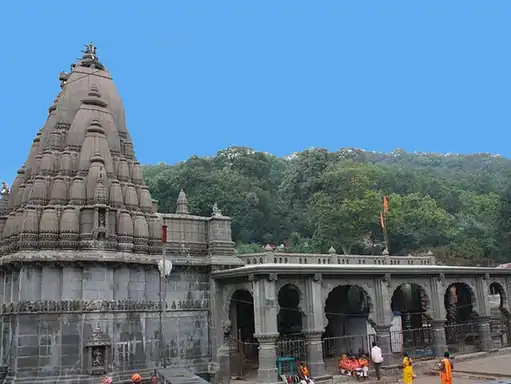
Bhimashankar, nestled in the Sahyadri range of Maharashtra, is not only a Jyotirlinga but also a wildlife sanctuary. The temple’s architecture reflects the traditional Nagara style, and according to legend, the demon Bhima was slain by Lord Shiva at this very spot. Pilgrims not only seek blessings here but also immerse themselves in the natural beauty of the surrounding forests.
7. Trimbakeshwar Jyotirlinga: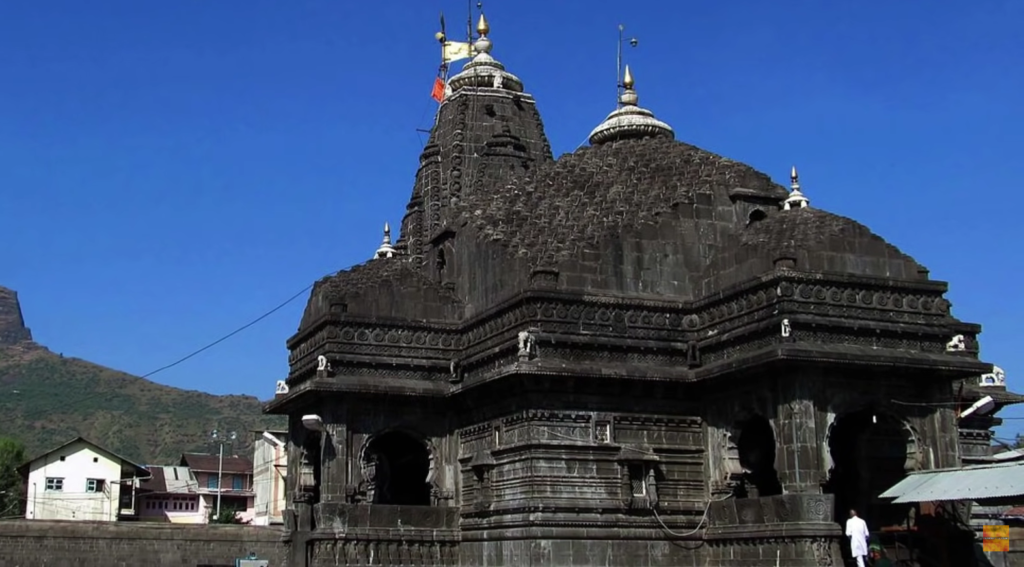
Located near Nashik, Trimbakeshwar Jyotirlinga is renowned as the source of the sacred Godavari River. Adorned with three faces symbolizing Lord Brahma, Lord Vishnu, and Lord Rudra, this divine abode attracts pilgrims seeking spiritual rejuvenation and enlightenment.
8.Vaidyanath Jyotirlinga
Vaidyanath Jyotirlinga, located in Deoghar, Jharkhand, is revered for its healing powers. According to legend, Lord Shiva manifested as Vaidyanath to cure Ravana. The temple complex, also known as Baba Baidyanath Dham, attracts pilgrims seeking relief from ailments and afflictions. The annual Maha Shivaratri festival is celebrated with great fervor here.
Nageshwar Jyotirlinga:

Nageshwar Jyotirlinga is located in Dwarka, an ancient city steeped in mythology. Situated in an underground chamber, Nageshwar Mahadev is revered as the lord of serpents, symbolizing protection and divine blessings. This site is a pilgrimage destination of immense importance for devotees of both Lord Shiva and Lord Krishna.
Rameshwar Jyotirlinga:
The temple’s architecture, with its towering gopurams (gateways) and intricate sculptures, reflects the rich Dravidian heritage of Tamil Nadu.
The Rameshwar Jyotirlinga, nestled in the coastal town of Rameswaram, is significant in Hindu mythology. According to legend, Lord Rama installed the lingam here before embarking on his journey to Lanka to rescue Sita. The temple’s architecture reflects the rich Dravidian heritage, and pilgrims often take a dip in the sacred waters of Agni Theertham
11. Grishneshwar Jyotirlinga: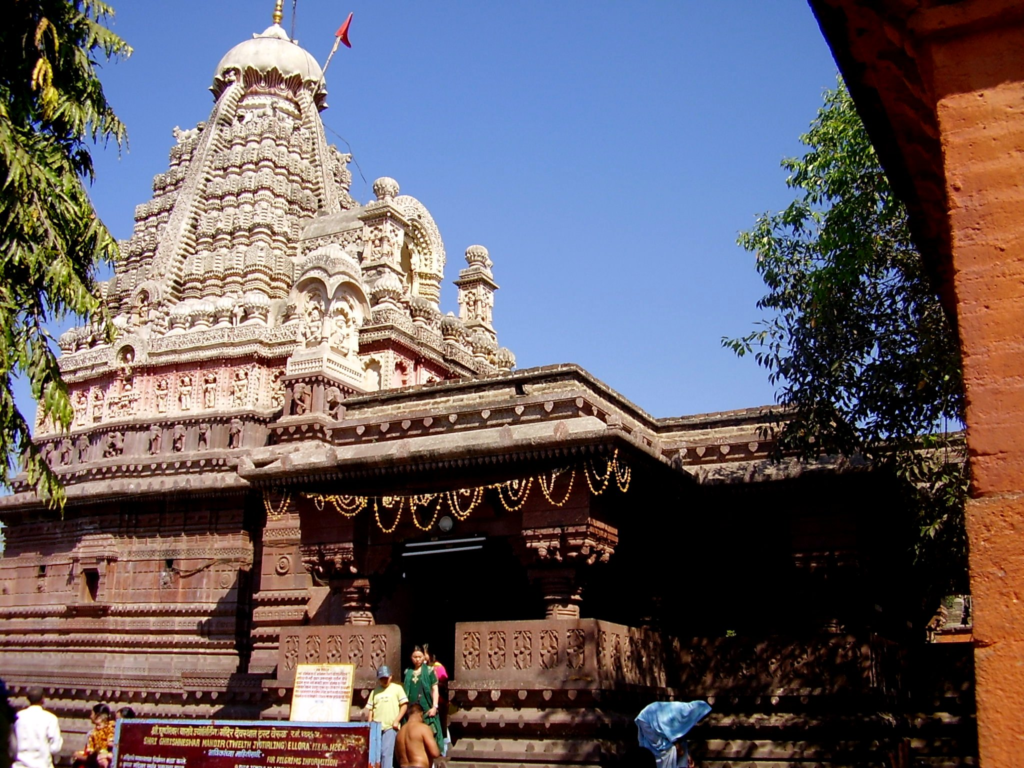
Grishneshwar Jyotirlinga, located near the Ellora caves in Maharashtra, is steeped in mythology and architectural grandeur. Legend has it that a devout woman named Kusuma worshipped Lord Shiva with great devotion, and he appeared before her in the form of a Jyotirlinga. The temple complex, with its intricately carved walls and majestic spire, is a sight to behold. Pilgrims visiting Grishneshwar also have the opportunity to explore the nearby Ellora caves, a UNESCO World Heritage site known for its ancient rock-cut temples and monasteries. The serene ambiance of Grishneshwar, amidst the lush greenery of the surrounding landscape, creates a conducive atmosphere for spiritual introspection and devotion.
Kashi Vishwanath Jyotirlinga:

Kashi Vishwanath Jyotirlinga, situated in the heart of the ancient city of Varanasi, holds a revered position in Hindu mythology and spirituality. Varanasi, also known as Kashi, is considered one of the oldest continuously inhabited cities in the world and is believed to be the abode of Lord Shiva. The Kashi Vishwanath Temple, dedicated to Lord Shiva as Vishwanath, the Lord of the Universe, is a major pilgrimage destination for Shaivites. The temple’s gold-plated spire and intricate carvings are a testament to its architectural splendor. Pilgrims visiting Kashi Vishwanath seek not only the blessings of Lord Shiva but also the opportunity to perform rituals and ceremonies for their ancestors on the banks of the sacred Ganges River. The spiritual aura of Varanasi, coupled with the divine presence of Kashi Vishwanath, makes it a place of profound significance for devotees seeking liberation and spiritual enlightenment.
Join us on this extraordinary journey to explore the cultural richness of the Twelve Jyotirlingas. To gather more information for your tour, contact us. We would be happy to turn your dream into reality by creating amazing experiences tailored just for you or your loved ones.
